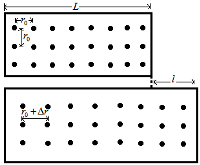Deduction of Newton’s Law of Gravitation from Kepler’s Law
Deduction of Newton’s Law of Gravitation from Kepler’s Law Newton’s Law of Gravitation is states that in this universe attracts every other body with a force which is directly proportional to the product of their masses and is inversely proportional to the product of the squares of the distance between them. Newton’s Law of Gravitation Read more about Deduction of Newton’s Law of Gravitation from Kepler’s Law[…]





